[WARNING – Contains spoilers for BioShock Infinite]
The opening hour of BioShock Infinite is one of the most evocative in video games. Not since the original Half-life has one got a true sense of the world one was stepping into as a player. From the first few moments on the rowboat to the now infamous raffle scene, Infinite sets out its tone, theme and setting with aplomb. Conversations can be overheard, signs and notices can be read, monuments can be admired – all adding to the ambience. One particular favourite, a barbershop quartet singing The Beach Boys’ ‘God Only Knows‘, both entertains and intrigues – if this game is set in 1912, how is a song from 1966 present?
Unfortunately, once the faeces hits the rotating air displacer and life on Columbia becomes hazardous to one’s health, the game’s combat takes center stage and the problems with the game begin to crop up. Before anyone castigates me for not realising that Infinite was a first-person shooter and violence was certain to play a part in proceedings, I was well aware of this going into the game. Having been a fan of the original BioShock, I was expecting a similar system for its sequel. My main issue was not with the gunplay however, but with the gratuitous nature of the onslaught.
You are introduced to the Infinite’s primary gameplay innovation, the ‘skyhook’, early in the game. While it is designed to be used to traverse Columbia’s sky lines which connect areas and entire floating islands to each other, it also serves as a weapon. When foes get too close, you can attack them with the sky hook. However, once weakened, you can ‘execute’ your target using a canned animation – it can be by caving in their skulls, eviscerating them before unceremoniously throwing them away or by slicing through their necks (like below).
While I am certainly not squeamish towards this level of gore, it becomes distracting when it doesn’t fit into the world. Infinite’s protagonist, Booker DeWitt, is certainly a violent man but his actions in earlier atrocities have damaged him, presumably to the point where he feels disgusted with himself. If this is the case, however, his/your actions in the game do not fit this. While Elizabeth, the woman you are sent to save, is initially disapproving of your actions, this is rarely mentioned later as the body count continues to rise.
Irrational Games’ latest release is not the only title to have a rather conflicting attitude towards violence either. In the recent reboot of the Tomb Raider franchise, Lara is re-imagined as a young woman who is thrown into a desperate situation. Her first kill horrifies her, yet soon she is blowing away vast numbers of island residents. She also unlocks ‘execution’ moves which see her using an assault rifle to riddle bodies with bullets in a fashion that should turn the character we are meant to be playing as catatonic with shock!
It appears that some developers cannot help using over-the-top violence as a crutch when they need a gameplay hook. In fact, violence is often added to games where it doesn’t even make sense to have it present. Mirror’s Edge was initially touted as a free-running experience where you used your abilities to escape and evade your enemies. If you go back and read any review posted at that time regarding the game, one of the common criticisms regarded the introduction of guns into proceedings. Not only were they poorly implemented, but they didn’t fit the character of Faith.
Am I suggesting that games should no longer have violence in them? Absolutely not. When used correctly, violence can engage an audience – make them feel compassion for some characters and distain for others; propel a story and become a turning point in the plot (Spec Ops: The Line for instance). However, if it is abused, it can pull you straight out of a game and negatively impact the experience.
Game creators should think a bit more about not only what they are allowing a player to do but why – whether it fits the character and the world around them. When a character like Booker DeWitt or Lara Croft uses the same level of violence that Kratos does, you know something has gone wrong somewhere along the way. Violence can be an important aspect of video games (or any form of art), but without a reason behind it, it loses its purpose and thus, its impact.
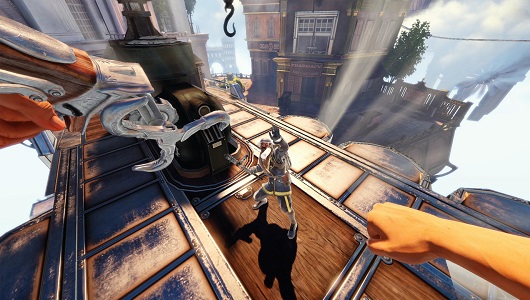
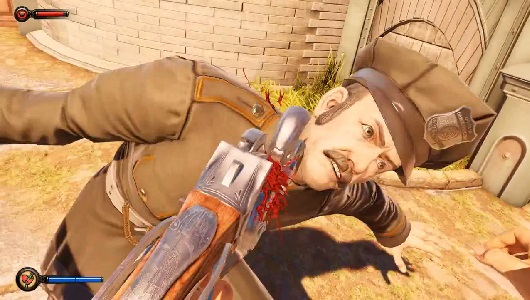
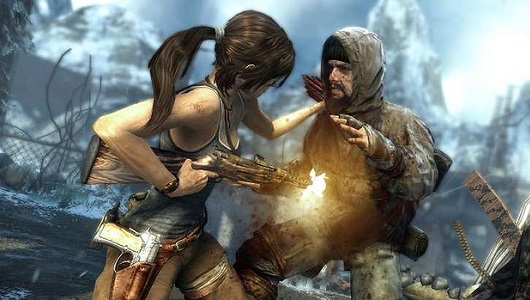
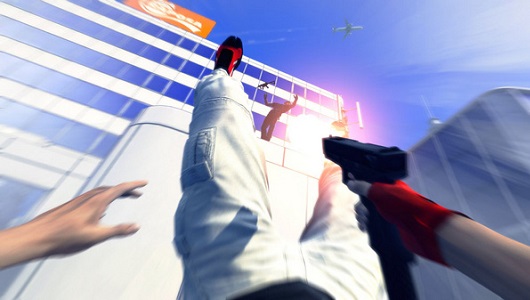
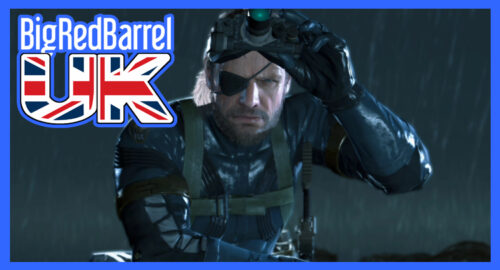
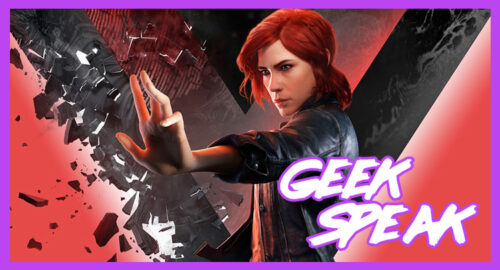


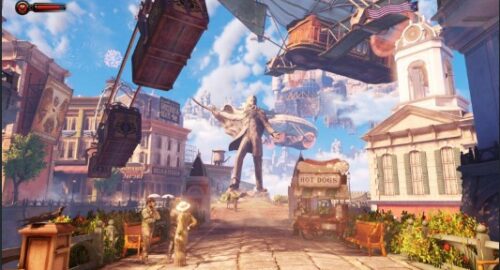

Badhaggis
My own view on Bioshock : Infinite is quite mixed, I don’t mind the violence (it is a Bioshock game, it’s going to have gore and violence), and it jarring, which I suppose it was meant to be, and it (going to use a Yoshi-esque term here) juxtaposed quite well with the surroundings, at first.
As the game continues (I haven’t finished it yet), that initial discomfort vanishes (which is the opposite of what seems to be intended), and I agree that it does reach silly proportions.
Honestly I would have forgiven it more for that (don’t get me wrong I love the game BTW) if it had managed to keep the fighting mechanics interesting, which it didn’t to me (the Tonics were a real let down, the animations were awesome, but didn’t really add very much).